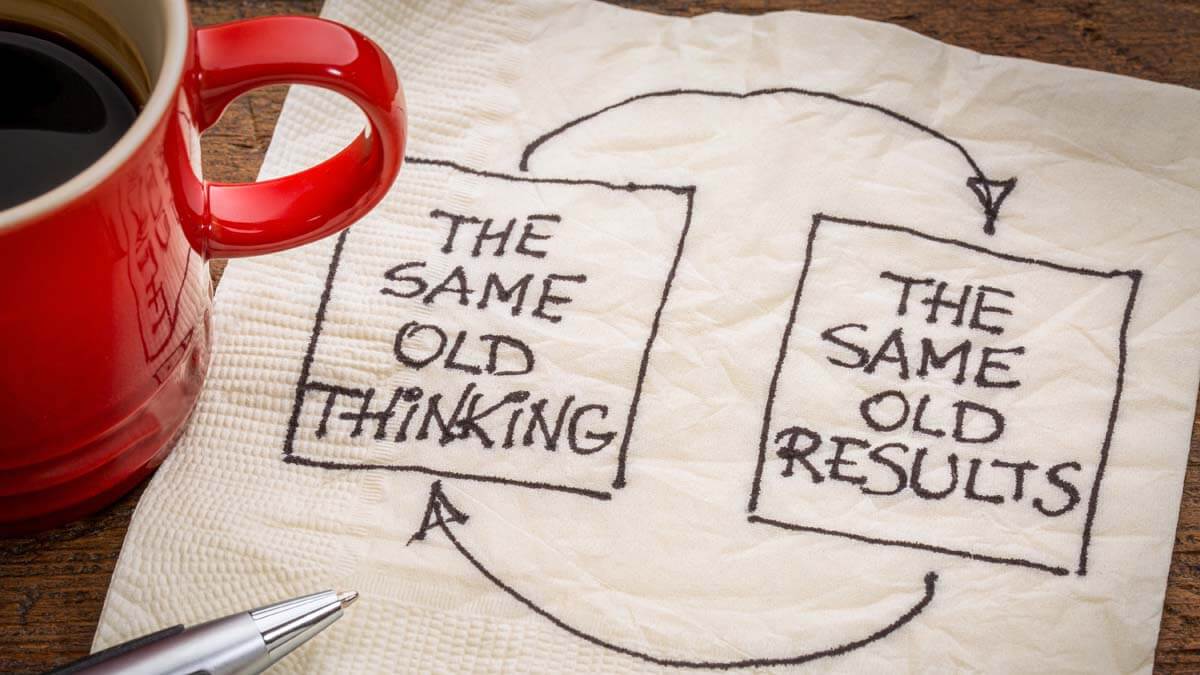Why have CRM systems underwhelmed? It’s not due to poor software design, but rather poor implementation. If we’re honest with ourselves, it’s the way we fickle humans use CRMs. If we’re counting on more reliable humans to deliver more successful CRM results, we’re likely to be disappointed. Why is highly successful CRM performance such a ... Read More
Article
Awkward Reality #509
For real growth, your company needs to build growth muscles.
One difference between business leaders and rock climbers is that many of the former think they can reach the top without training muscles. Imagine showing up at the base of El Capitan with recliner-chair abs and no climbing skills. Crazy? How about proclaiming double-digit growth plans every year… without developing the needed business-wide skills and capabilities?
More in the book, Business Builders, Chapter 9
Awkward Reality #508
Jump the “triple hurdle” for higher new product pricing: Important… Measurable… Distinctive.
Customers only pay a higher price for your innovation if it is important, measurable, and distinctive. The customer must a) care about the outcome being improved, b) observe the improvement so you get credit for it, and c) be unable to get the same improvement from your competitors. Sorry, but you need all three.
More in 2-minute growth video #34, Use value calculators to establish pricing
Awkward Reality #507
The key lesson of war has been described as “concentration of force against weakness.”
Let’s substitute market research for reconnaissance… business strategy for battle plan… resource allocation for troop deployment. Many business leaders fail to 1) thoroughly understand their battle fronts, 2) determine the decisive points (markets) to attack, and 3) follow with an overwhelming assault here. These generals lose battles.
More in 2-minute growth video #17, Concentrate on winning markets
Awkward Reality #506
Unlike other areas of business, surprises are welcome when you’re developing new products.
Surprises in quality or cost control are unpleasant. But innovation relies on surprises. Without “non-obviousness,” an invention cannot even be patented. When a previously hidden customer outcome becomes known, the discovering supplier has the luxury of seeking solutions in a competition-free environment.
More in 2-minute growth video #25, Let your customers surprise you
Article
15 Practical Tips for Better Product Design
The appearance of a product is a pivotal factor in its success for several reasons. Firstly, it’s often the first point of interaction between the product and the consumer. A product’s look can communicate its quality, usability, and the brand’s values. A compelling design in a market saturated with options can make a product stand ... Read More
Awkward Reality #505
Missing sales quotas? Perhaps AI can help you prepare better.
The research on B2B sales call preparation isn’t encouraging: 75% of B2B executive buyers say salespeople are not knowledgeable about their business… and do not understand the issues they face. Unsurprisingly, only one in four salespeople get agreement from these buyers to meet again. AI can help salespeople prepare in two ways: 1) rapid pre-call customer reports, and 2) role-playing their conversations with an AI agent.
More in white paper, Sales Call Preparation with AI
Awkward Reality #504
If the repairman fixed your dryer when your washing machine was broken, would you pay him?
Neither will customers pay you for a product they don’t need. I call this new-product failure mode, “Nice shot, wrong target.” It is far too common. Most customers really do have something “broken” that needs fixed. Figure out what this is before you design your next new product, and they’ll pay you handsomely.
More in white paper, Guessing at Customer Needs
Awkward Reality #503
All new products are not created equal. You can benefit greatly by studying winners vs. losers.
Some products deliver enormous profits for decades, carrying whole businesses and careers on their sturdy shoulders. And then there are the tired, the poor, the huddled masses of wretched new products you wish were on your competitors’ teeming shores. The most popular way to fail is guessing at customer needs.
More in white paper, Guessing at Customer Needs
Awkward Reality #502
There are many ways to improve product development that are popular… and proven to fail.
One is throwing more money at R&D in a Soviet-style arms race. Another is exhorting the troops to do better. An all-time favorite is asking tough project-review questions… but not training teams in the skills needed to find the answers. What if all your teams had the highest possible skills in understanding customer needs? Might this work better?
More in e-book, Reinventing VOC for B2B









